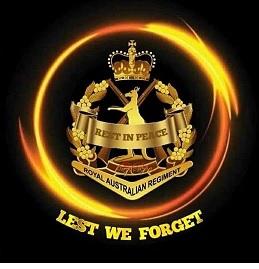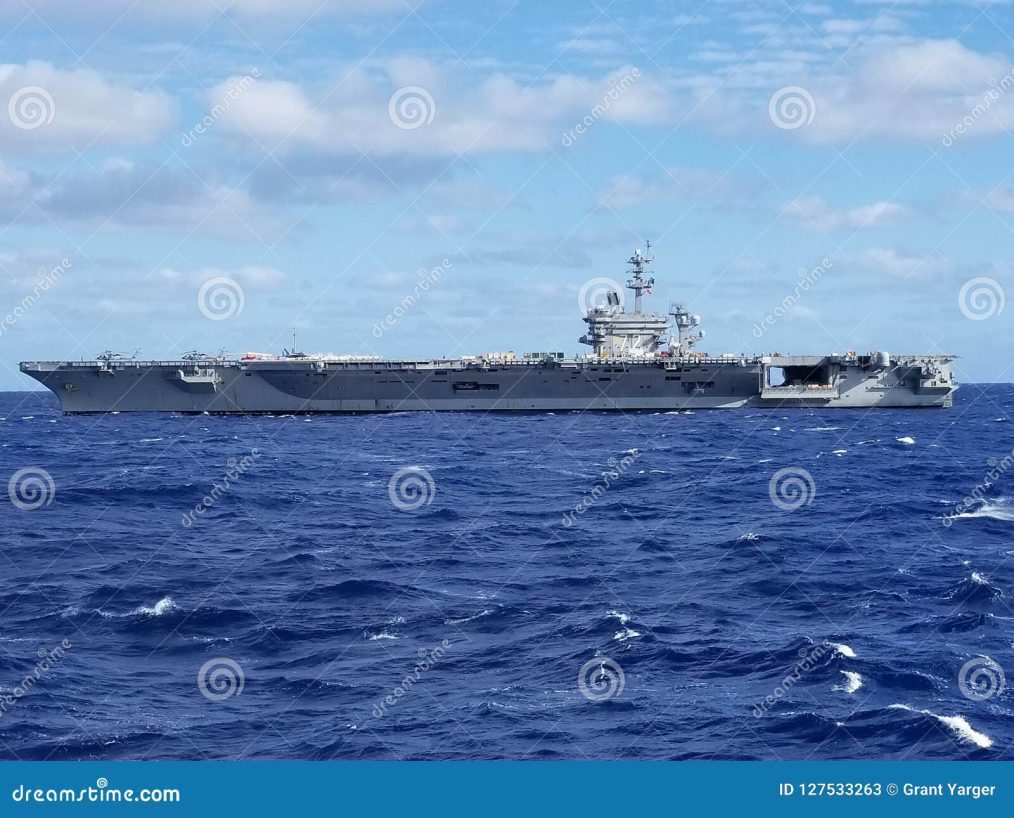Recent deliberations within the UK’s Ministry of Defence (MoD) hinted at the possibility of dispatching one of its two conventionally powered aircraft carriers to the Middle East, potentially in lieu of the United States Navy’s nuclear-powered USS Dwight D. Eisenhower (CVN-69), currently on deployment since October last year.
Questions have arisen regarding the readiness of a Royal Navy aircraft carrier for such a mission. HMS Queen Elizabeth and its counterpart, HMS Prince of Wales, operate with considerably smaller airwings compared to their American counterparts. Despite being equipped with the Lockheed Martin F-35B Lightning II, the Royal Navy’s flagship, valued at £3.5 billion, has never accommodated more than eight of these aircraft at once.
However, the discussion is now moot as HMS Queen Elizabeth faces mechanical issues, rendering it incapable of participating in significant NATO operations. The Royal Navy has redirected the recently repaired HMS Prince of Wales to partake in Exercise Steadfast Defender, the largest NATO exercise in Europe since the Cold War.
“Routine pre-sailing checks identified an issue with HMS Queen Elizabeth’s starboard propeller shaft, preventing her from sailing as planned,” stated Royal Navy Fleet Commander Vice Admiral Andrew Burns. “HMS Prince of Wales will assume her duties for Exercise Steadfast Defender promptly.”
Exercise Steadfast Defender, scheduled off Norway’s Arctic coast in March, will involve more than 40 vessels from over two dozen NATO nations and international partners. Prior to this, the carrier strike group was slated to participate in the annual Joint Warrior exercise off northern Scotland before engaging in Exercise Nordic Response, the maritime segment of Steadfast Defender.
The recurrence of propeller issues, previously affecting HMS Prince of Wales, underscores the need for added caution. The carrier experienced a similar setback, disrupting a deployment intended to take it across the Atlantic to the United States, necessitating the deployment of HMS Queen Elizabeth instead.
While the presence of two carriers theoretically enhances operational flexibility, it will likely require at least a week to ready HMS Prince of Wales for sailing. This process entails expediting ongoing maintenance tasks, transferring equipment from its sister ship, and fuelling and provisioning the vessel.
The sidelining of the Royal Navy’s flagship aircraft carrier coincides with warnings from UK ministers regarding the nation’s inadequate preparedness for full-scale conflict, exacerbated by stockpile shortages and a recruitment crisis within the armed forces. Once a dominant force at sea, the Royal Navy now grapples with challenges in maintaining the operational status of its carriers.










